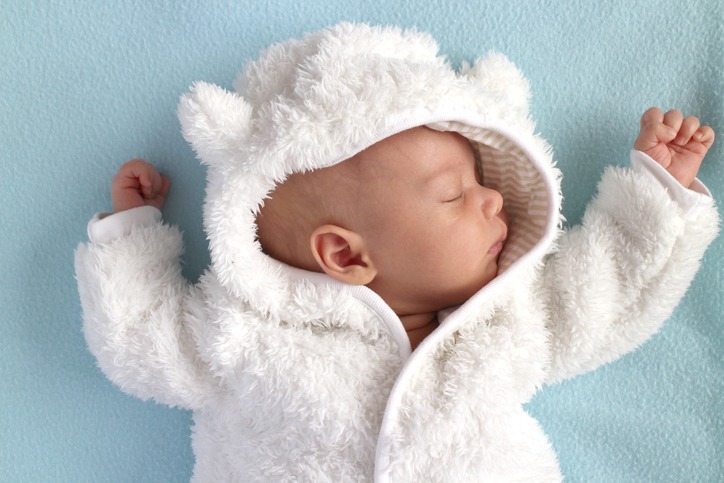According to experts, babies need between 14 and 17 hours of sleep in a day, and some infants may even sleep as much as 19 hours a day. Many parents may find that coaxing their infant to sleep is a challenge, though. This can be caused by overstimulation or a lack of routine. Remedies such as sleep oil for babies can help, and the following tips can help your baby sleep safely in the winter.
Swaddling My Baby for Bed
Swaddling is one of the most important elements of your infant’s sleep routine. This practice refers to the process of wrapping a baby in a snug blanket in a way that’s reminiscent of a mother’s womb. This helps to relax a baby, make them feel sleepy, and keep them calm throughout the night. Mastering the art of swaddling can be a major challenge, though, for many parents.
Before you begin the process of swaddling, you should gently apply any sleep oil or organic all purpose balm that your baby may need. Once you’ve done this, you should place your infant on a small, unfolded blanket with one of the corners folded down. With your baby facing up, you should take their left arm, straighten in, and wrap the blanket’s left corner over your baby. Tuck it between their body and their right arm. Proceed to tuck the right arm in, folding the blanket’s right corner over and then under their body.
Finally, you should tuck the blanket under the infant’s body and ensure that it is not uncomfortably tight. Ideally, you’ll be able to fit a few fingers between the swaddle and your baby. If you cannot do this, adjust the swaddle until it is appropriately loose to allow your baby to move their hips.
Ideal Room Temperature for Baby’s Sleep
Even if you create the perfect swaddle, it may not be enough to keep your baby comfortable throughout the night. You might find that your child still cries and struggles to stay asleep consistently. If this is the case, you must investigate what other factors may be contributing to your baby’s difficulties. In some instances, an uncomfortable room temperature may be to blame. This is especially important in the winter when temperatures can quickly get too cold.
Most sources recommend that parents keep their baby’s room between 65° F and 72° F. Any warmer may cause an infant to sweat, which will be uncomfortable. Any colder may put your child at risk of hypothermia, which can be dangerous. It’s a good idea to get a thermostat in your child’s nursery that can monitor and stabilize the temperature. Maintaining a regular temperature will also make sleep training baby easier. Babies do well when they have a routine, and a comfortable room temperature is certainly important to establish a standard sleep schedule.
Help your baby sleep through the night no matter what season it may be. These tips will help you keep your infant safe, warm, and comfortable even when wintertime temperatures start to drop.
